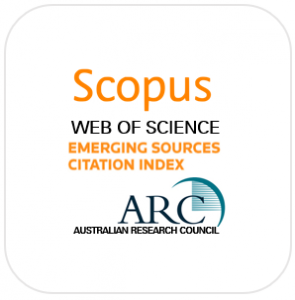Vol. 4, No. 1 (2008): 79–95.
Abstract
Generally, the flow of international students in Malaysia has increased steadily since 1996, when various higher education reforms were introduced to facilitate the entry of international students into higher education institutions. Malaysia’s target is 100,000 international students by 2010. Currently, international students represent less than 5 per cent of all tertiary enrolments in Malaysia. Although the percentage is small but it is an important factor in the internationalisation of higher education in Malaysia. The impact of September 11 has seen a decreasing number of new applications from Middle Eastern countries to the United States (US). While students from these countries were reluctant to go to the US for their education, the US government-mandated changes in the admissions process themselves have contributed to the decrease in new enrolment. Interestingly, Malaysia has emerged as an important destination for students from the Middle East. Malaysia provides excellent education and adequate security. They feel safe in Malaysia. Realising these emerging opportunities, the government has organised seminars and exhibitions annually in the Middle East with a view to encouraging more enrolment. This paper will discuss several lessons learned from such a strategy, from the perspective of the government and the universities that have enrolled these students.
Author’s bio
Morshidi Sirat is the Professor and Director of the National Higher Education Research Institute (IPPTN), Universiti Sains Malaysia. His interests include Universities and Regional Development, air cargo services in Malaysia, globalisation and urban competitiveness of Malaysian cities and graduate unemployment in Malaysia.
Download

